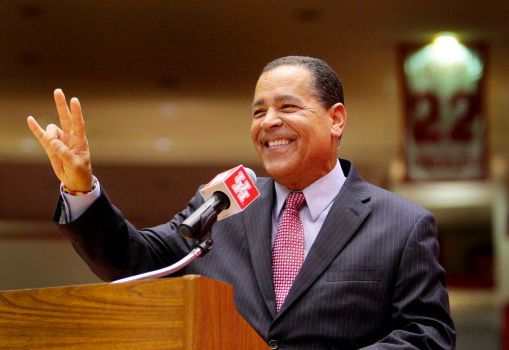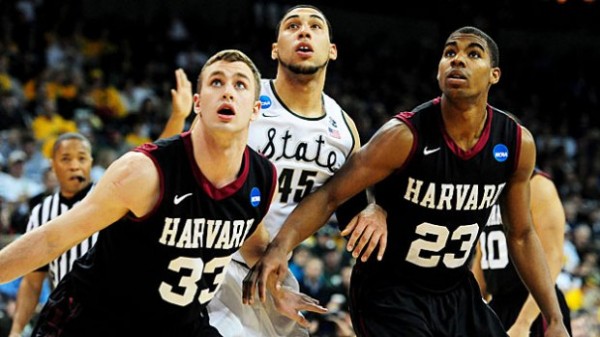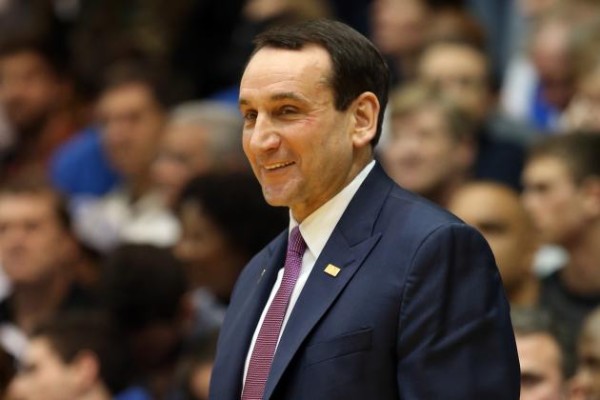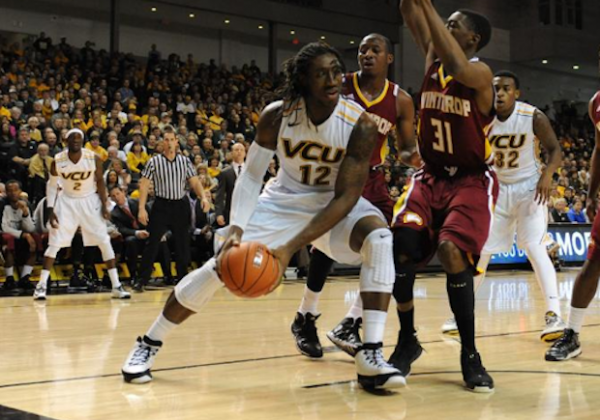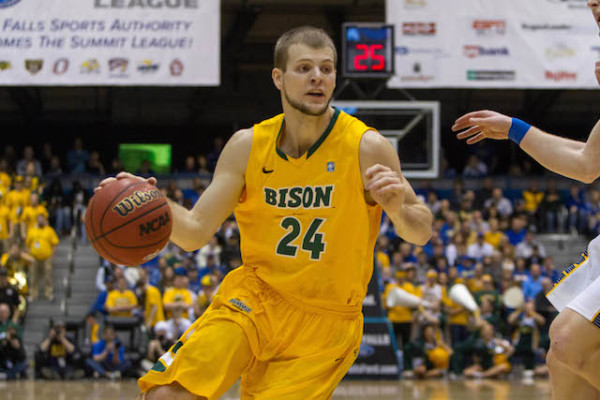Ranking the AAC Non-Conference Schedules: Part I
Posted by Mike Lemaire on November 10th, 2014It might seem that ranking non-conference schedules at this early juncture is a fruitless endeavor, and we understand that sentiment. Smart college basketball fans think they know who will be good and who won’t, but it’s all just educated guesswork until the season starts. That doesn’t mean evaluating non-conference schedules is foolish. Some teams will surprise and others disappoint, but the variance between preseason expectations and season-long success isn’t usually big enough to make schedule analysis worthless. In fact, given the weighty importance the Selection Committee places on non-conference scheduling when it determines the field of 68, analyzing schedules now may lead to clues about which AAC bubble teams could actually get in. We ranked all 11 team’s non-conference schedules from worst to first below, with the first installment featuring teams ranked #11-#6 today. All preseason rankings are courtesy of KenPom.com.
11. Houston Cougars
The sky is blue, the sun rises in the east, and the Houston Cougars play an aggressively terrible non-conference schedule – those are the only three things anyone can truly count on. After three seasons in a row of playing one of the worst such schedules in the country, nothing has changed in that regard. The Cougars play six opponents ranked #294 and lower, including such luminaries as Abilene Christian and Houston Baptist. Early games against Murray State and Harvard present important opportunities to notch good wins, but it’s a good thing the Cougars aren’t expected to contend for an NCAA Tournament berth because the committee might laugh this non-conference resume out of the building.
10. East Carolina. Aside from the unlikely chance that the Pirates walk into Chapel Hill and upset North Carolina, there are few opportunities for the team to get any other wins worth noting. East Carolina will ease into its new conference playing an inspired non-conference schedule that includes perennial powerhouses like North Carolina Wesleyan and Virginia-Lynchburg. They will play in the Gulf Coast Showcase, pitting them against a tough Green Bay team and perhaps Fresno State if they win, but the rest of this schedule is littered with opponents that won’t be relevant by the middle of December.





























